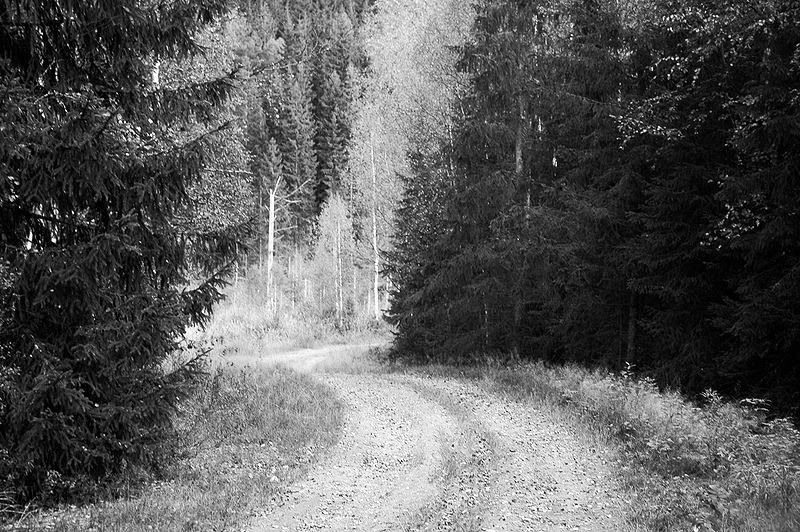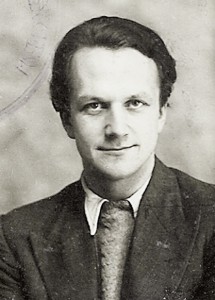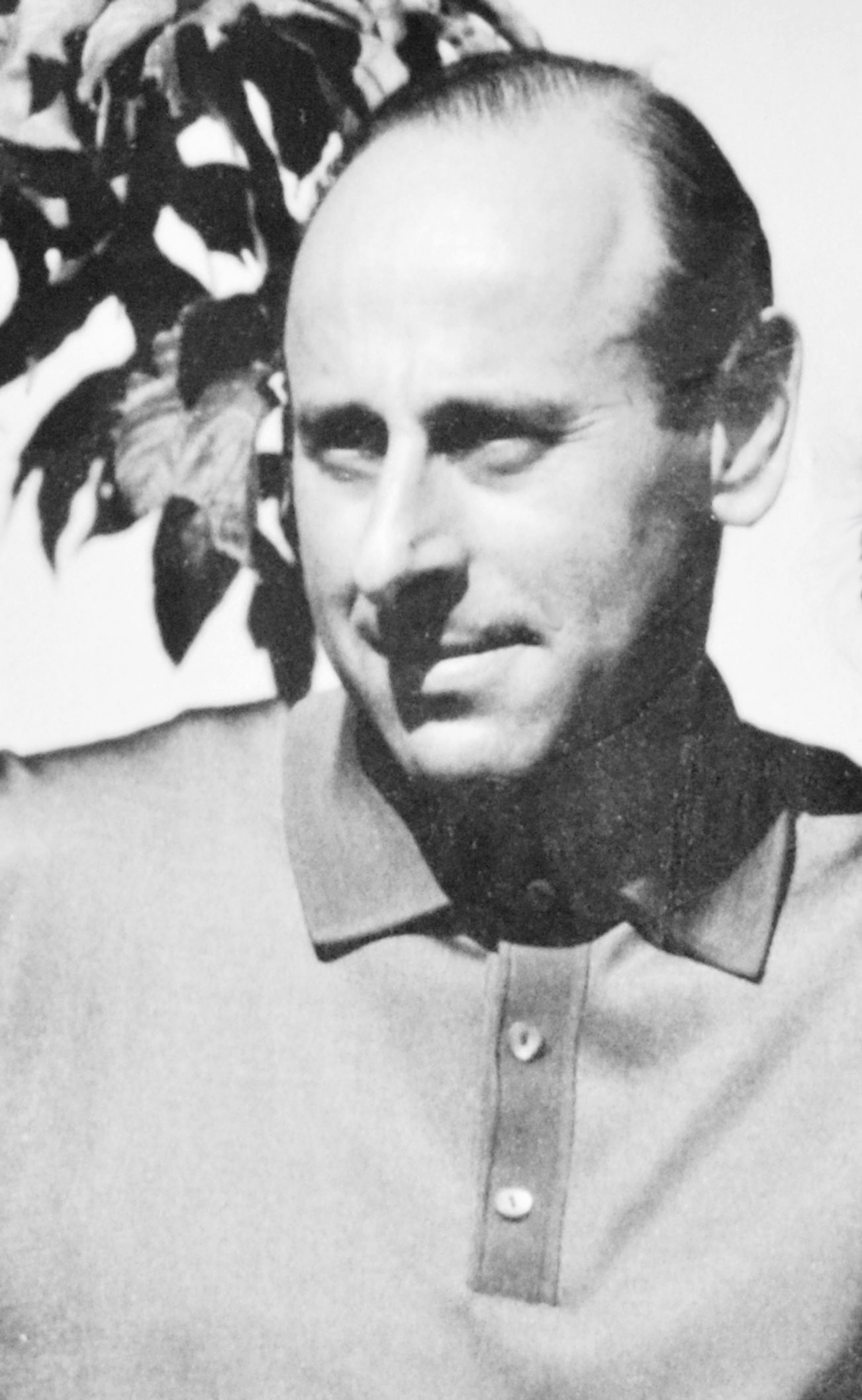In April 1940, Germany invaded Norway. Despite Great Britain’s attempt to help, Norway ultimately surrendered that June. The King and the Norwegian government fled to London while Vidkun Quisling, a Nazi sympathizer, proclaimed himself Prime Minister. At that time, the Norwegian Jewish community numbered about 1700 Jews, including two hundred Jewish refugees from Central Europe who had arrived in the 1930s to escape Nazi persecution.
Initially, the Nazis placed very few restrictions on the Jews of Norway. But, in the fall of 1942, the Germans, with support from the Norwegian police, began rounding up the members of the Jewish community for deportation to concentration camps, primarily to Auschwitz-Birkenau. In a series of mass arrests, nearly 800 Jews were deported. All but a small handful perished. Notably, Norwegian church leaders strongly protested these deportations.
The Norwegian Resistance set out to warn as many Jews as possible just before the mass arrests in 1942. Together, the Resistance and the ordinary citizens of Norway rescued about 900 Jews. They hid their Jewish countrymen until safe passage could be arranged to neutral Sweden, primarily over very difficult terrain in the depths of winter.
When the war was over, Norway took steps to re-establish Jewish community life. In 1997-98, the Norwegian government offered restitution to Jews and their families, helping the country come to terms with the persecution of Jews under the Quisling regime. Today, an estimated 1,400 Jews are part of the Norwegian community.

It should be mentioned that there were many good people in the police who tried their best to warn the victims about what was going to happen. My "uncle" was given a warning by such a police officer. The policeman could not stop what was coming, but he did what he should do despite great personal risk."
Personal Stories of Rescue
Walking the Borderline in Time and Place
The border clearing in the forest that runs between Norway and Sweden is wide and open. The land border pillar number 35 is painted yellow. Two small flags, the Norwegian and the Swedish, are sway ever so slightly in the autumn air. Seated all around are people dressed in hiking gear with their lunch packs and thermoses. Blueberries cover the ground in the surrounding forest. The blue colour remains visible on the mouths of the children and many adults.
Holocaust in Telemark – the Controversial Story of One Family
The author of these lines has few connections with the Jewish people. Being a blond Nordic with blue eyes, I would probably possess some assets for fitting into the ideal of one of the most brutal criminal regimes in human history: Nazi Germany. I know very little about Judaism (as well as religion in general). I have never been to Israel. As far as I know, I have met, known or even spoken with very few Jews. So then, what is the point of me writing on this forum?
Hiding from the Germans: Sigurd Becker’s Story
It was an overwhelming reunion with the past. Sigurd Becker, age 87, returned nearly 70 years later to the attic of a house in downtown Skien where he had hid from the Germans for several weeks during WWII. Sigurd was clearly moved when, for the first time since the War, he was able to once again see the attic where he had hid from the Germans. He was accompanied by Trym Staal Eggen, one of the sons of resistance fighter Kjell Staal Eggen who had rescued his family.


